

Dental Implants at Open Late Dentistry
Chewing your dinner with missing teeth isn't fun. Neither is smiling. That's why we are here.

HOWDY, CELINA NEIGHBOR!
Our family-owned practice makes access to affordable care with the latest technology easy and gives you the best results. We will have you chewing better than ever before with our custom-designed Dental Implants and consultations after work-hours
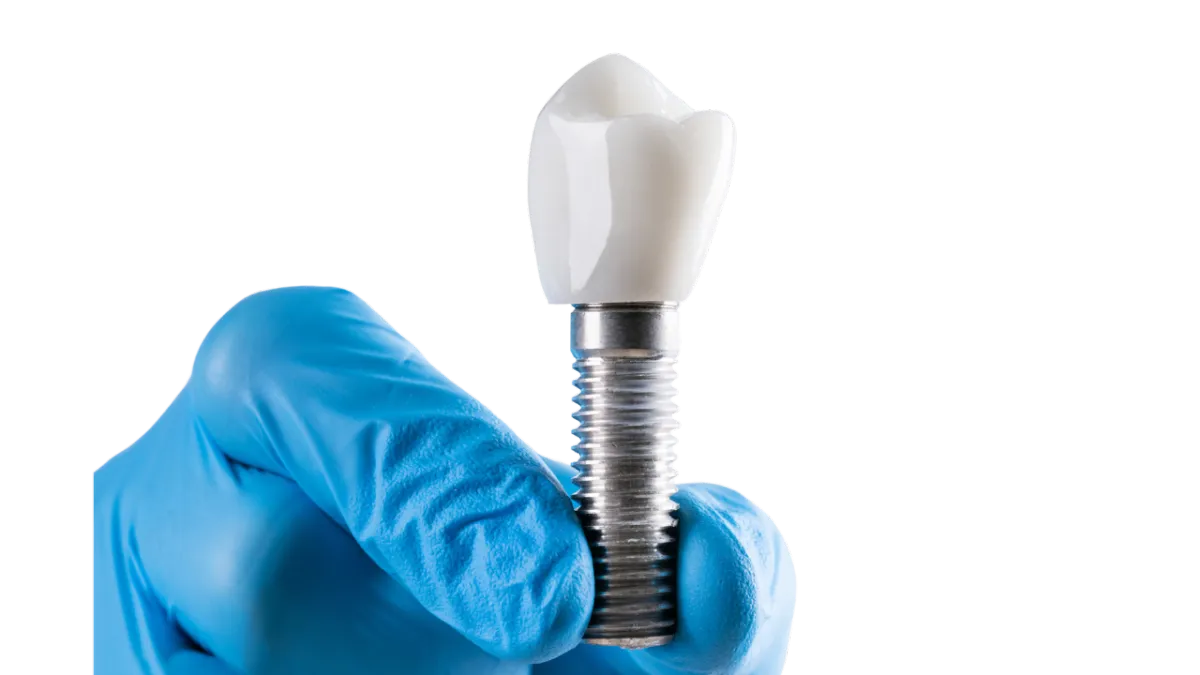
Let’s face it. You want to keep your teeth looking their best, but fitting it into your schedule can be hard.
Let’s face it. You want to keep your teeth looking their best, but fitting it into your schedule can be hard.
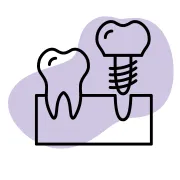

What is a Dental Implant?
What is a Dental Implant?
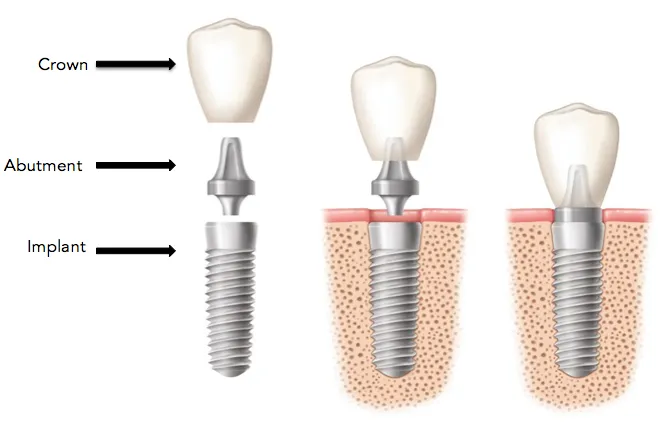
Dental Implants are 3 parts.
A life-like tooth colored crown is connected to the implant below the gums with an internal connector called an abutment that permanently fixes the two together.
They can be flossed and fit in with your life style and help with having a full smile and chewing meals.

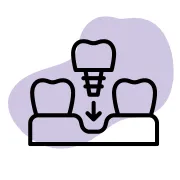
Why get a Dental Implant?
1. The Tooth Behind the Space Tips Over
2. The Tooth Above the Space Drops Down, or Sinks
3. The Bone Where the Tooth Was Removed “Melts” Away
4. Remaining Teeth in Your Mouth Must Do Extra Work
A Great ATMOSPHERE
With Tons of Amenities and A Family-Friendly Environment, A Friendly Face Will Always Be There to Answer Your Questions About Treatment and Guide You Through the Process of Transforming Your Smile!
DR. ROUSE PLANS EVERY CASE BEFORE IT STARTS
Dr. Rouse virtually plans your dental implant surgery while you are sipping your morning coffee. This makes the day of surgery a smooth transition.

Meet Dr. Rouse

Self-Proclaimed Dental Nerd and Fan of the Latest in Dental Technology, Dr. Rouse is here to help you find a solution to your dental needs, including better quality of life thru chewing better food and a better smile.
MEET DR. ROUSE
MEET DR. ROUSE
Self-Proclaimed Dental Nerd and Fan of the Latest in Dental Technology, Dr. Rouse is here to help you find a solution to your dental needs, including better quality of life thru chewing better food and a better smile.
Self-Proclaimed Dental Nerd and Fan of the Latest in Dental Technology, Dr. Rouse is here to help you find a solution to your dental needs, including better quality of life thru chewing better food and a better smile.


Hear From Our Patients For Yourself
See Our OVER 300+ Google Reviews with 5 STAR RATINGS

"I love this place. The staff are extremely friendly and accommodating. They make me feel like they really know me and my family. Dr. Rouse has the perfect bedside manor. He can put anyone to ease. He is competent and proficient. He provided the orthodontics for my youngest son. My son's teeth are perfect. Dr. Rouse has been our dentist for years and I could not ask for a better dentist. My youngest join the Air Force and missed his first ever appointment, due to boot camp. :-) Now, Dr. Rouse asks about my son whenever I have my cleanings. The practice has everything you need. I especially love the late hours."

★★★★★
Trisha J.
Celina Super Mom
We had an amazing experience! The staff was so friendly! My daughter came in for a cleaning, the assistant that cleaned her teeth was amazing as was the dentist. We love local, and a family atmosphere!

★★★★★
Monique M.
Celina Resident and Rockstar Patient
Very friendly and welcoming atmosphere. Staffs and physicians were kind and took good care. I'd recommend this place for any one who needs dental care.

★★★★★
Vasu G.
Celina Dad
Dental Implants F.A.Q.s
How much does it cost?
It depends on the insurance.

How long can I eat?
During the first 24-48 hours, you should stick to a cool liquid diet, which means: Avoid any hot foods or beverages and consume only cool liquids instead. Do not drink through a straw or from a water bottle that requires suction, as this could put pressure on your implant site.

Will it hurt?
The procedure itself is not painful since it is performed with either general or local anesthesia to completely numb the mouth. After dental implantation, once the numbness wears off, mild pain may be noticed by the patient.

How long does the procedure take?
This surgery usually takes about 1-2 hours for each implant being placed. After this step is complete, most dentist will wait about 3 months before the final restoration of the tooth replacement.

If pain and sensitivity persist, what do I do?
Contact your doctor and schedule an appointment.



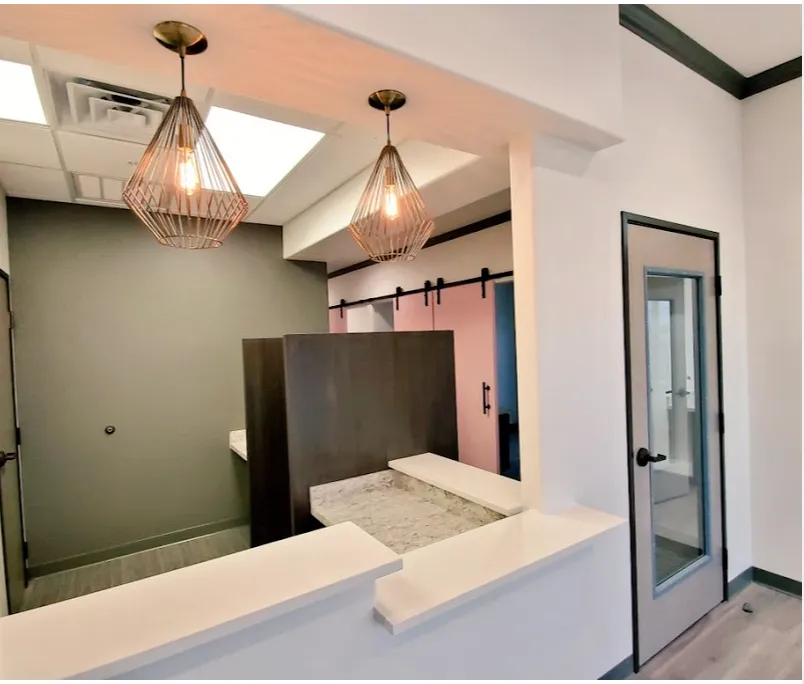
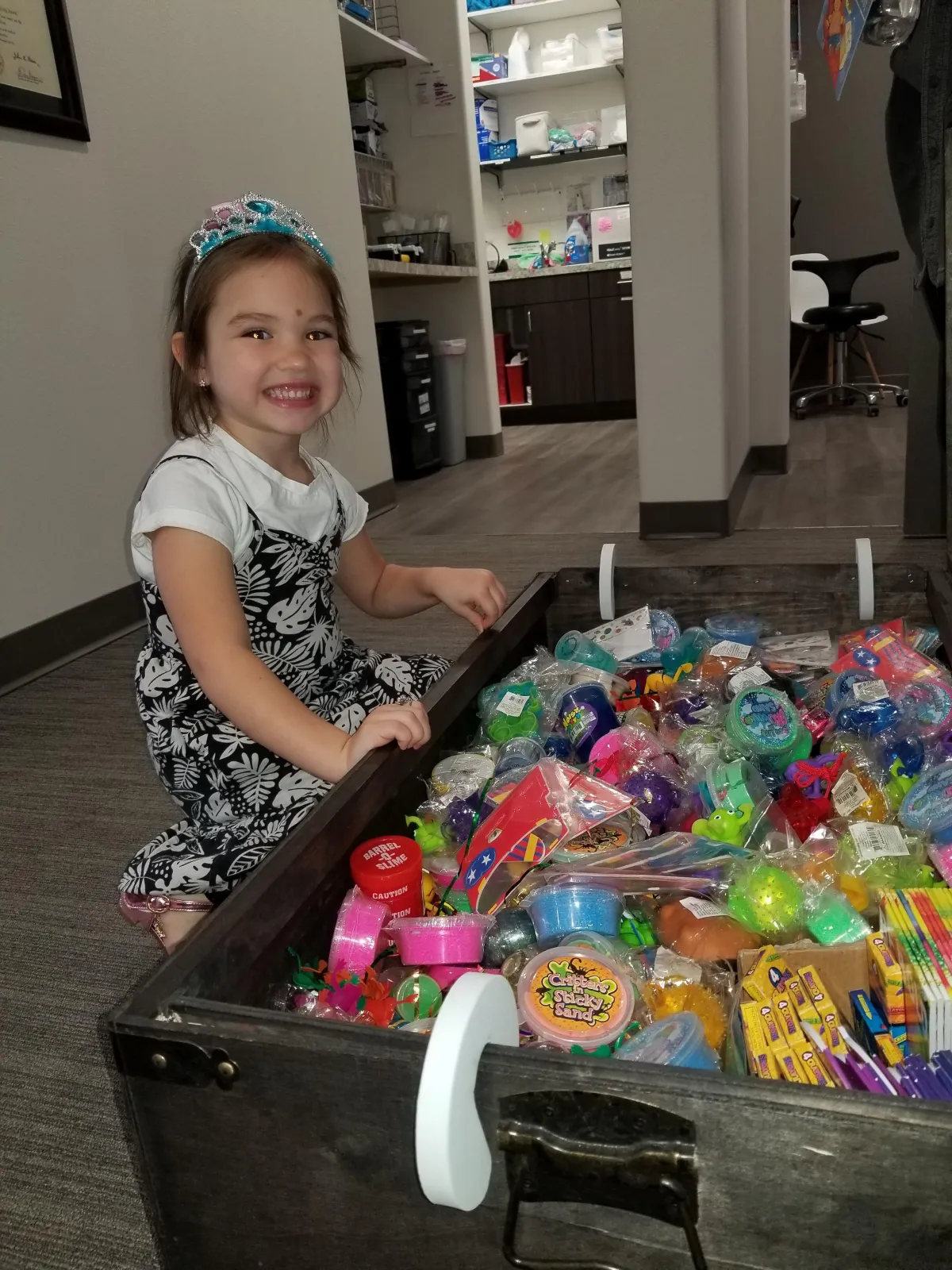

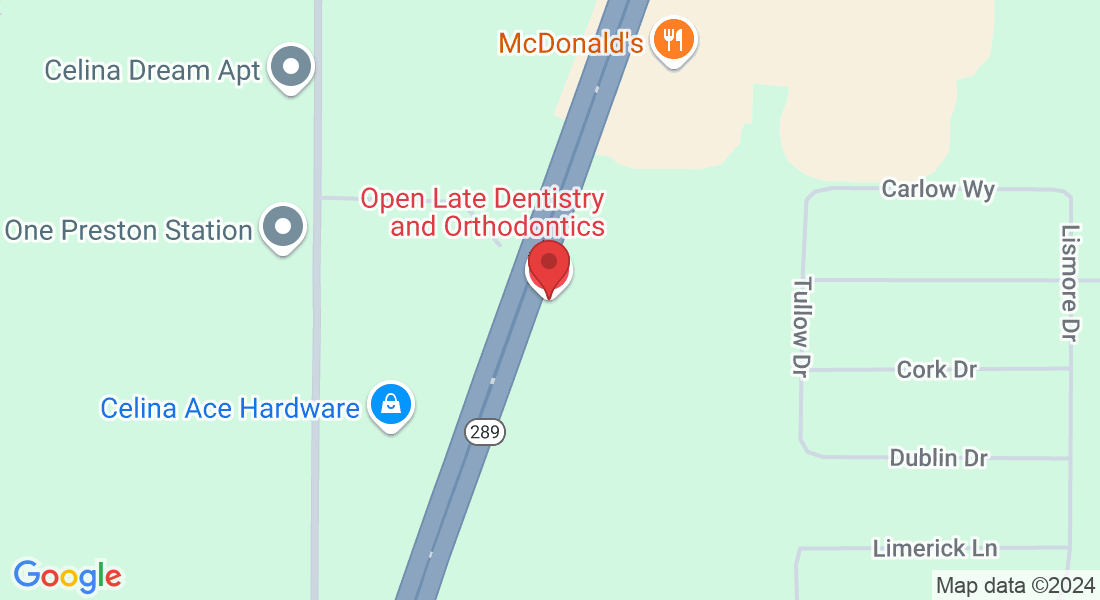
Facebook
Instagram
X
Youtube